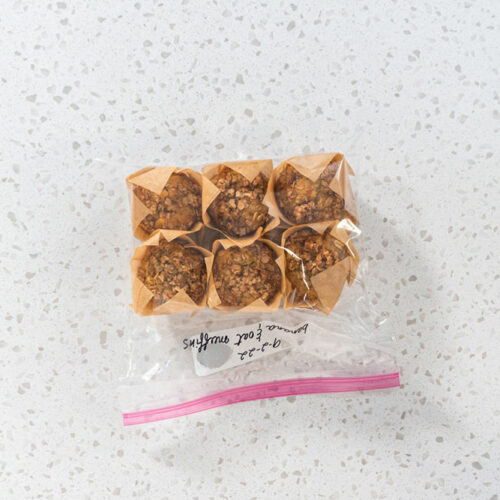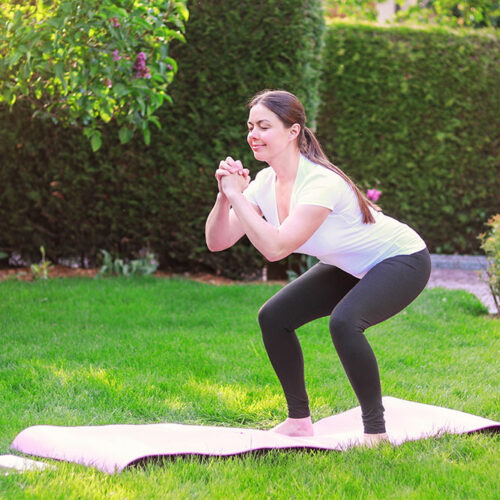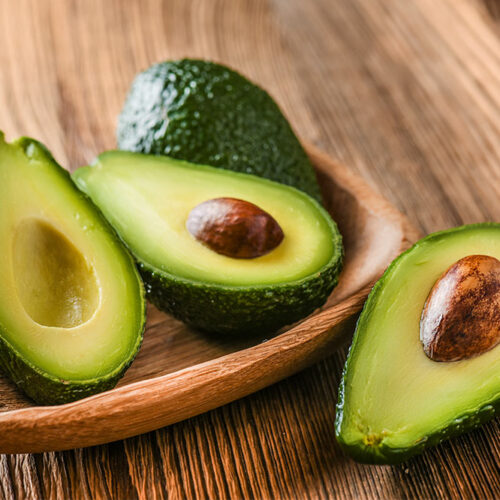6 common signs of eosinophilic esophagitis

Eosinophilic esophagitis (EoE) is a rare condition mainly affecting the food pipe or esophagus—a muscular tube connecting the mouth and stomach. When affected by EoE, certain white blood cells called eosinophils grow exponentially in the esophageal lining, causing inflammation. While the precise cause of the condition is unknown, it is believed to be a reaction to allergens like foods and environmental irritants or a result of allergic diseases like hay fever, eczema, and asthma. Common signs 1. Trouble swallowing food EoE makes it hard to swallow food due to inflammation in the muscular tube. This symptom is called dysphagia. So, those with EoE may get the sensation that the food, solids, in particular, is stuck in the throat. This can make one avoid eating. If the condition worsens, it can actually result in food impaction (food stuck in the throat) or choking, where medical intervention may be required. 2. Chest pain and acid reflux Another common sign of eosinophilic esophagitis is acid reflux, which causes symptoms like heartburn, chest pain, and regurgitation. The chest pain, which can feel sharp or intense, is often localized behind the breastbone. A condition called gastroesophageal reflux disease (GERD) also causes similar symptoms, making one often mistake EoE for GERD.






